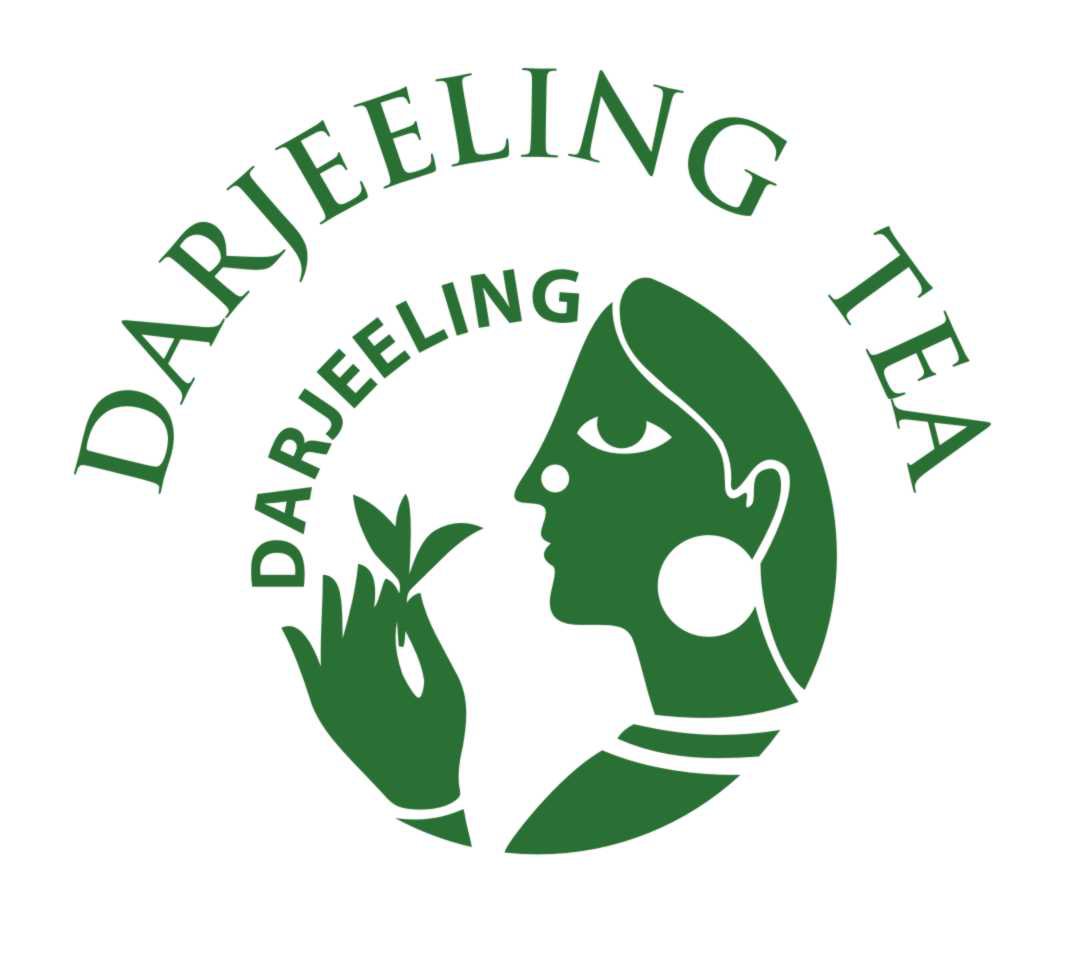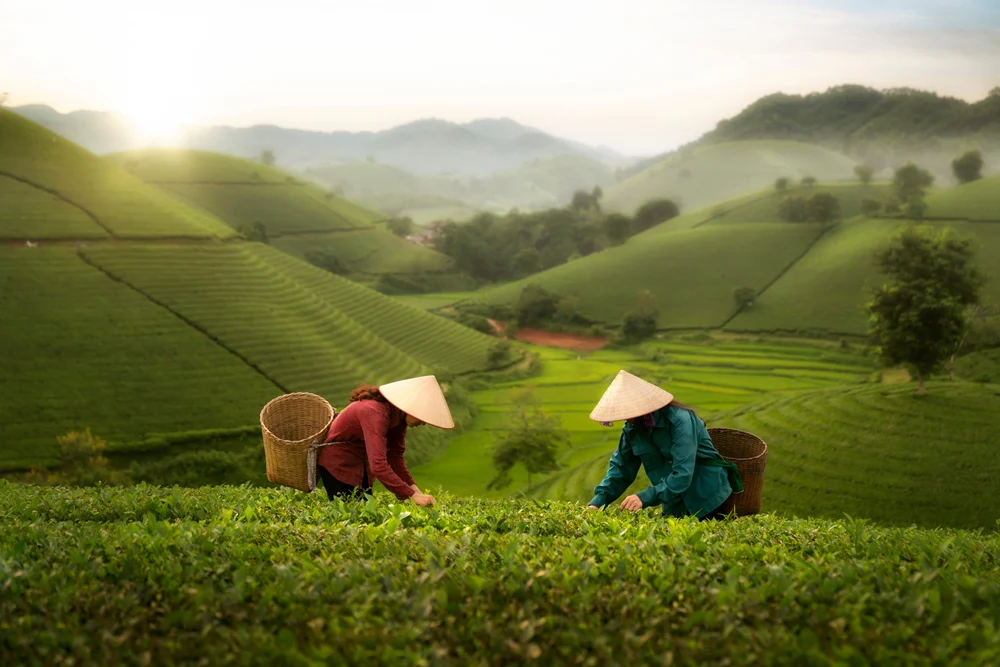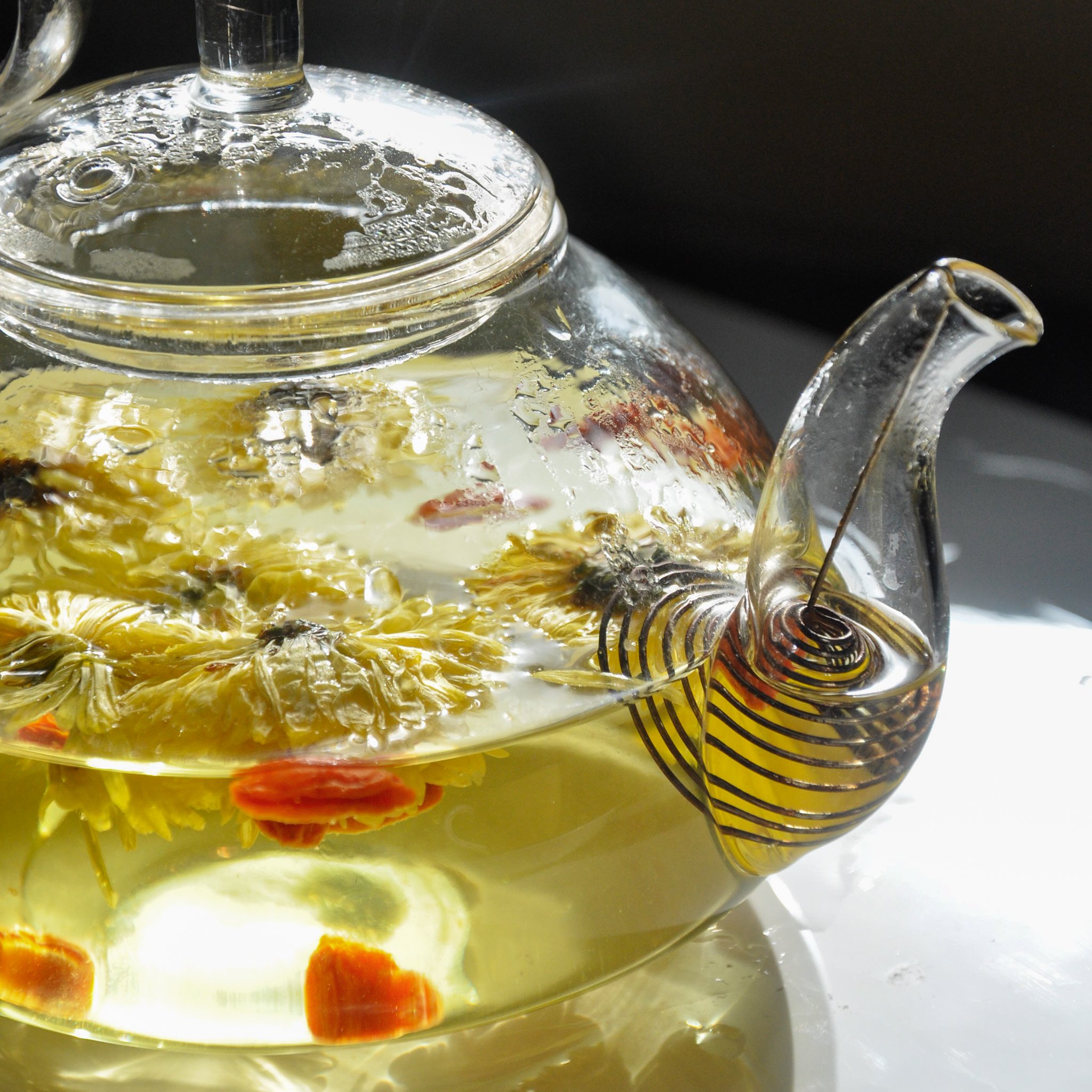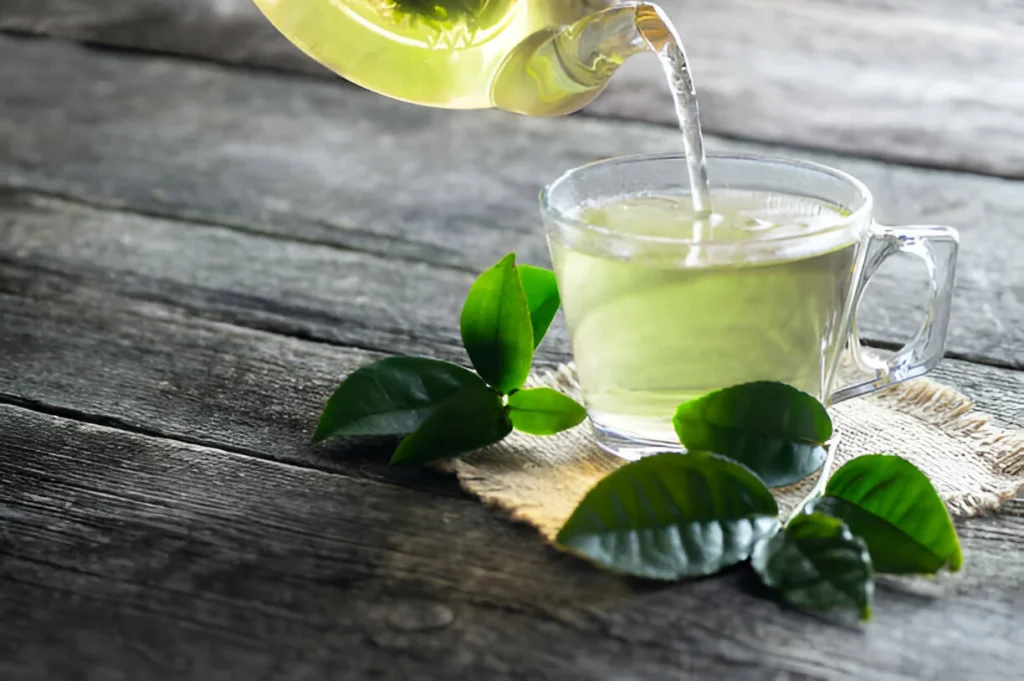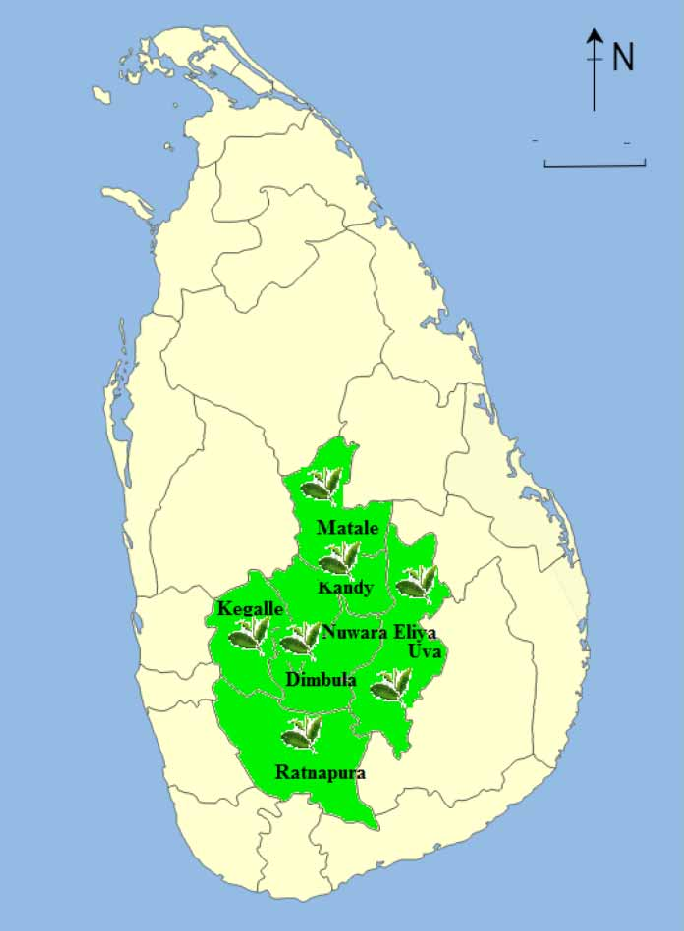Darjeeling tea, often referred to as the “Champagne of Teas,” is one of the world’s most celebrated and sought-after teas. Grown in the misty foothills of the Eastern Himalayas in India, this tea captivates tea lovers with its delicate flavor, complex aroma, and storied history.
The Origin of Darjeeling Tea
Darjeeling tea hails from the Darjeeling district in West Bengal, India, a region perched at altitudes ranging from 600 to 2,000 meters (2,000 to 6,500 feet). The tea gardens are nestled among rolling hills with cool temperatures, ample rainfall, and unique soil composition, providing the ideal conditions for cultivating premium tea.
The region’s tea legacy began in the mid-19th century when the British established experimental tea plantations. Over time, Darjeeling became synonymous with high-quality tea, and its reputation grew globally.
What Makes Darjeeling Tea Unique?
- Distinct Terroir
The unique combination of altitude, soil, and climate in Darjeeling imparts a flavor profile that cannot be replicated elsewhere. This terroir gives Darjeeling tea its muscatel flavor—a distinct fruity and floral note often compared to muscat grapes. - Seasonal Harvests
Darjeeling tea is harvested in distinct flushes, each offering a unique flavor profile:
- First Flush (March–April): Light, floral, and brisk with a delicate aroma.
- Second Flush (May–June): Rich, full-bodied, and fruity with prominent muscatel notes.
- Monsoon Flush (July–September): Strong and earthy, often used for blending.
- Autumn Flush (October–November): Smooth, mellow, and slightly nutty.
- Handcrafted Excellence
Darjeeling tea is predominantly orthodox tea, meaning it is hand-plucked and processed using traditional methods. This meticulous craftsmanship ensures high quality and preserves the tea’s nuanced flavors.
Types of Darjeeling Tea
Darjeeling tea is available in various styles, each offering a different experience:
- Black Darjeeling Tea: The most common style, known for its muscatel flavor and amber-colored liquor.
- Green Darjeeling Tea: Light and vegetal with a fresh, grassy flavor.
- White Darjeeling Tea: Delicate and sweet, with floral and fruity undertones.
- Oolong Darjeeling Tea: Lightly oxidized, offering a balance between floral freshness and rich depth.
Flavor Profile of Darjeeling Tea
The flavor of Darjeeling tea is highly dependent on its flush and style:
- Aroma: Floral, fruity, and sometimes nutty, with hints of muscat grapes and fresh herbs.
- Flavor: A delicate balance of sweetness, astringency, and complexity. Depending on the flush, you might taste floral, fruity, earthy, or even spicy notes.
- Mouthfeel: Smooth and refreshing, with a lingering aftertaste.
How to Brew Darjeeling Tea
Brewing Darjeeling tea correctly is essential to unlock its full potential:
- Water Temperature:
- First Flush: 175°F–185°F (80°C–85°C).
- Second Flush and Beyond: 190°F–200°F (90°C–95°C).
- Leaf-to-Water Ratio: Use 1 teaspoon (2–3 grams) of tea leaves per 6 ounces of water.
- Steeping Time:
- First Flush: 2–3 minutes.
- Second Flush: 3–4 minutes.
- Multiple Infusions: High-quality Darjeeling tea can be steeped 2–3 times, with slightly longer steeping times for subsequent infusions.
Protected Geographical Indication (PGI)
In 2011, Darjeeling tea was granted Protected Geographical Indication (PGI) status by the European Commission. This designation ensures that only tea grown in the Darjeeling region, following specific cultivation and production standards, can be labeled as “Darjeeling Tea.”
This status protects the integrity of Darjeeling tea and assures consumers they are purchasing authentic, high-quality tea.
Why Choose Darjeeling Tea?
- Global Prestige: Often compared to fine wine, Darjeeling tea is considered one of the most sophisticated and elegant teas in the world.
- Versatility: Whether enjoyed plain, with a splash of milk, or as part of a blend, Darjeeling tea adapts beautifully to various preferences.
- Sustainable Practices: Many Darjeeling estates focus on sustainable farming methods, ensuring the longevity of the region’s tea industry and environment.
- Cultural Heritage: Drinking Darjeeling tea is a way to connect with the rich history and culture of India’s tea legacy.
Conclusion
Darjeeling tea is more than a beverage; it is an experience that celebrates the artistry of tea-making and the beauty of the Himalayan foothills. Whether you’re savoring the light floral notes of a First Flush or the rich muscatel flavor of a Second Flush, Darjeeling tea invites you to indulge in a cup of elegance and tradition.
For tea enthusiasts and newcomers alike, Darjeeling tea offers a gateway to the world of fine, high-quality teas.
